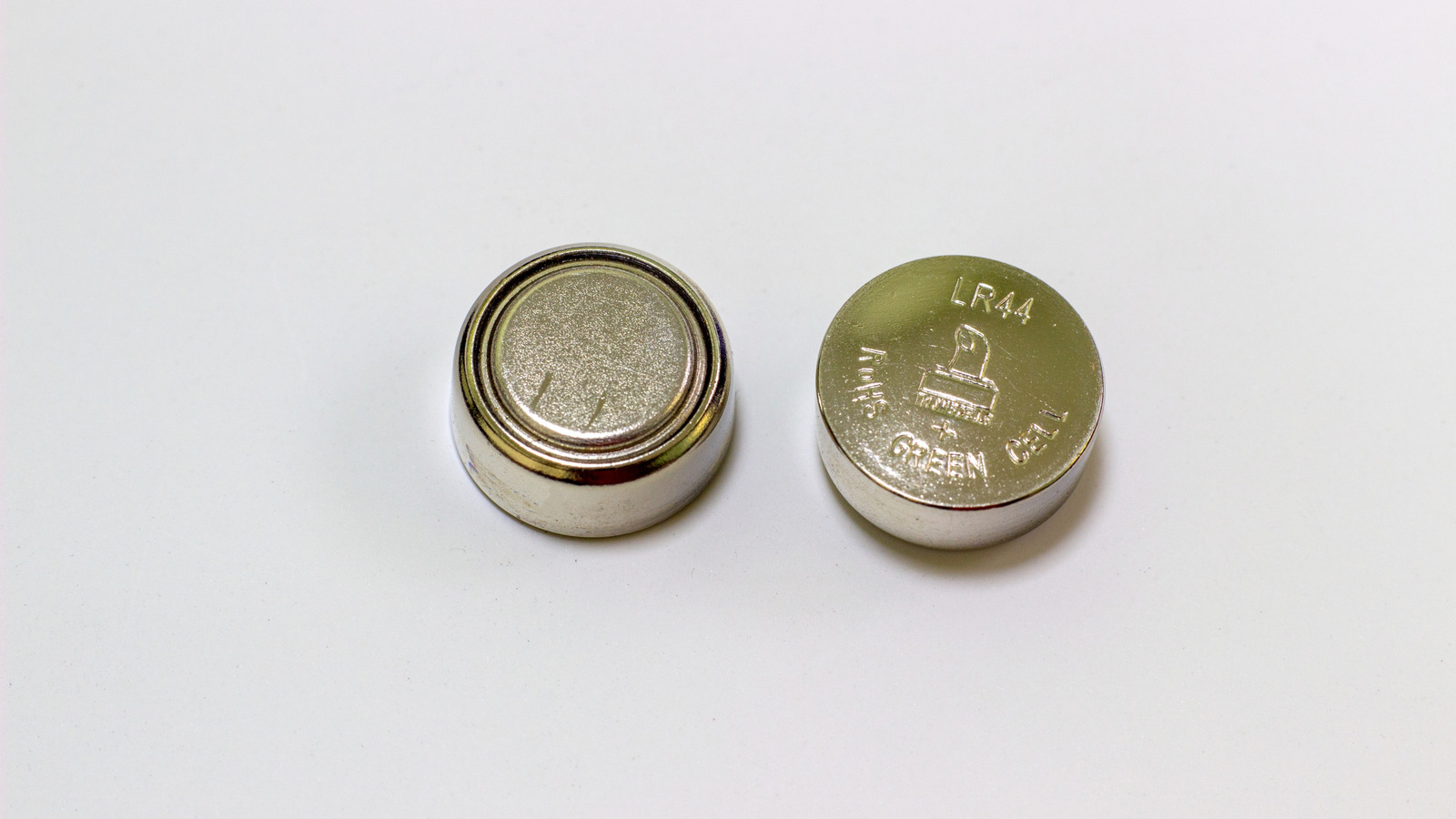Python: Using Lists from beginner to ADVANCE with practical guidance.
Ultimate Python List Guide: Everything You Need to Know In this comprehensive guide, I'll cover everything you need to know about Python lists, including definitions, methods, advanced operations, real-world use cases, and hands-on examples. This guide is designed for both beginners and intermediate learners alike. 1. What is a List? A list in Python is a versatile and fundamental data structure used to store collections of items. Here's a breakdown of its key characteristics: Ordered: Items in a list maintain a specific order. This means that the position of each item is significant, and the order is preserved when you access or manipulate the list. Mutable: Lists are mutable, which means you can change their contents after they are created. You can add, remove, or modify items within a list. Allows Duplicates: Lists can contain duplicate values. You can have multiple occurrences of the same item within a single list. Versatile: Lists can store items of any data type. A single list can contain a mix of integers, floating-point numbers, strings, Booleans, or even other lists. # Creating a list with mixed data types mylist = ["apple", 1, True, [2, 3]] print(mylist) # Output: ['apple', 1, True, [2, 3]] In the example above, mylist contains a string ("apple"), an integer (1), a Boolean value (True), and another list ([2, 3]). 2. Creating a List There are several ways to create lists in Python: 2.1 Empty List You can create an empty list using either square brackets [] or the list() constructor without any arguments. # Creating an empty list using square brackets empty_list_1 = [] # Creating an empty list using the list() constructor empty_list_2 = list() print(empty_list_1) # Output: [] print(empty_list_2) # Output: [] 2.2 List with Initial Values You can create a list with initial values by placing the values inside square brackets, separated by commas. # Creating a list with initial string values fruits = ["apple", "banana", "cherry"] # Creating a list with initial numeric values numbers = [10, 20, 30, 40, 50] print(fruits) #Output: ['apple', 'banana', 'cherry'] print(numbers) #Output: [10, 20, 30, 40, 50] 2.3 Creating a List Using the list() Constructor The list() constructor can also be used to create a list from other iterable objects, such as tuples, strings, or ranges. # Creating a list from a tuple my_tuple = (1, 2, 3) my_list_from_tuple = list(my_tuple) print(my_list_from_tuple) # Output: [1, 2, 3] # Creating a list from a string my_string = "hello" my_list_from_string = list(my_string) print(my_list_from_string) # Output: ['h', 'e', 'l', 'l', 'o'] # Creating a list from a range my_range = range(5) # Generates numbers from 0 to 4 my_list_from_range = list(my_range) print(my_list_from_range) # Output: [0, 1, 2, 3, 4] 3. Accessing and Traversing Lists 3.1 Accessing Elements by Index Each item in a list has an associated index, starting from 0 for the first item, 1 for the second item, and so on. You can access individual elements in a list using their index within square brackets. fruits = ["apple", "banana", "mango"] # Accessing the second item (index 1) print(fruits[1]) # Output: banana # Accessing the first item (index 0) print(fruits[0]) # Output: apple #Accessing the last item. print(fruits[-1]) # Output: mango **3.2 Traversing a List

Ultimate Python List Guide: Everything You Need to Know
In this comprehensive guide, I'll cover everything you need to know about Python lists, including definitions, methods, advanced operations, real-world use cases, and hands-on examples. This guide is designed for both beginners and intermediate learners alike.
1. What is a List?
A list in Python is a versatile and fundamental data structure used to store collections of items. Here's a breakdown of its key characteristics:
- Ordered: Items in a list maintain a specific order. This means that the position of each item is significant, and the order is preserved when you access or manipulate the list.
- Mutable: Lists are mutable, which means you can change their contents after they are created. You can add, remove, or modify items within a list.
- Allows Duplicates: Lists can contain duplicate values. You can have multiple occurrences of the same item within a single list.
- Versatile: Lists can store items of any data type. A single list can contain a mix of integers, floating-point numbers, strings, Booleans, or even other lists.
# Creating a list with mixed data types
mylist = ["apple", 1, True, [2, 3]]
print(mylist) # Output: ['apple', 1, True, [2, 3]]
In the example above, mylist contains a string ("apple"), an integer (1), a Boolean value (True), and another list ([2, 3]).
2. Creating a List
There are several ways to create lists in Python:
2.1 Empty List
You can create an empty list using either square brackets [] or the list() constructor without any arguments.
# Creating an empty list using square brackets
empty_list_1 = []
# Creating an empty list using the list() constructor
empty_list_2 = list()
print(empty_list_1) # Output: []
print(empty_list_2) # Output: []
2.2 List with Initial Values
You can create a list with initial values by placing the values inside square brackets, separated by commas.
# Creating a list with initial string values
fruits = ["apple", "banana", "cherry"]
# Creating a list with initial numeric values
numbers = [10, 20, 30, 40, 50]
print(fruits) #Output: ['apple', 'banana', 'cherry']
print(numbers) #Output: [10, 20, 30, 40, 50]
2.3 Creating a List Using the list() Constructor
The list() constructor can also be used to create a list from other iterable objects, such as tuples, strings, or ranges.
# Creating a list from a tuple
my_tuple = (1, 2, 3)
my_list_from_tuple = list(my_tuple)
print(my_list_from_tuple) # Output: [1, 2, 3]
# Creating a list from a string
my_string = "hello"
my_list_from_string = list(my_string)
print(my_list_from_string) # Output: ['h', 'e', 'l', 'l', 'o']
# Creating a list from a range
my_range = range(5) # Generates numbers from 0 to 4
my_list_from_range = list(my_range)
print(my_list_from_range) # Output: [0, 1, 2, 3, 4]
3. Accessing and Traversing Lists
3.1 Accessing Elements by Index
Each item in a list has an associated index, starting from 0 for the first item, 1 for the second item, and so on. You can access individual elements in a list using their index within square brackets.
fruits = ["apple", "banana", "mango"]
# Accessing the second item (index 1)
print(fruits[1]) # Output: banana
# Accessing the first item (index 0)
print(fruits[0]) # Output: apple
#Accessing the last item.
print(fruits[-1]) # Output: mango





































































































































































![[The AI Show Episode 145]: OpenAI Releases o3 and o4-mini, AI Is Causing “Quiet Layoffs,” Executive Order on Youth AI Education & GPT-4o’s Controversial Update](https://www.marketingaiinstitute.com/hubfs/ep%20145%20cover.png)















































































































![Gone Home: o jogo que destruiu as regras e construiu um novo sentido para videogames [PT-BR]](https://media2.dev.to/dynamic/image/width%3D1000,height%3D500,fit%3Dcover,gravity%3Dauto,format%3Dauto/https:%2F%2Fdev-to-uploads.s3.amazonaws.com%2Fuploads%2Farticles%2Fg2ioe7qbj9f29c1f57jz.png)













![[DEALS] Mail Backup X Individual Edition: Lifetime Subscription (72% off) & Other Deals Up To 98% Off – Offers End Soon!](https://www.javacodegeeks.com/wp-content/uploads/2012/12/jcg-logo.jpg)















































































































































_Brian_Jackson_Alamy.jpg?width=1280&auto=webp&quality=80&disable=upscale#)




































































































![Google Home app fixes bug that repeatedly asked to ‘Set up Nest Cam features’ for Nest Hub Max [U]](https://i0.wp.com/9to5google.com/wp-content/uploads/sites/4/2022/08/youtube-premium-music-nest-hub-max.jpg?resize=1200%2C628&quality=82&strip=all&ssl=1)


















































































































